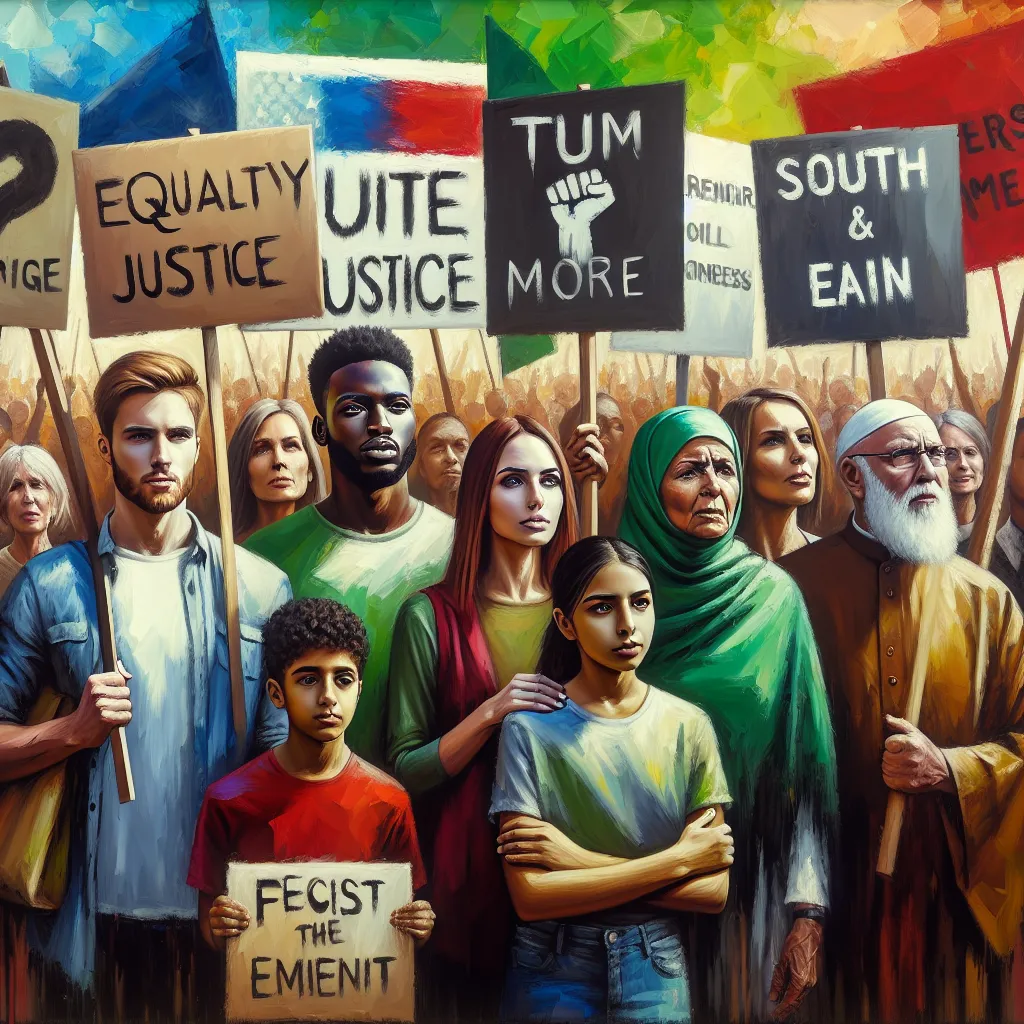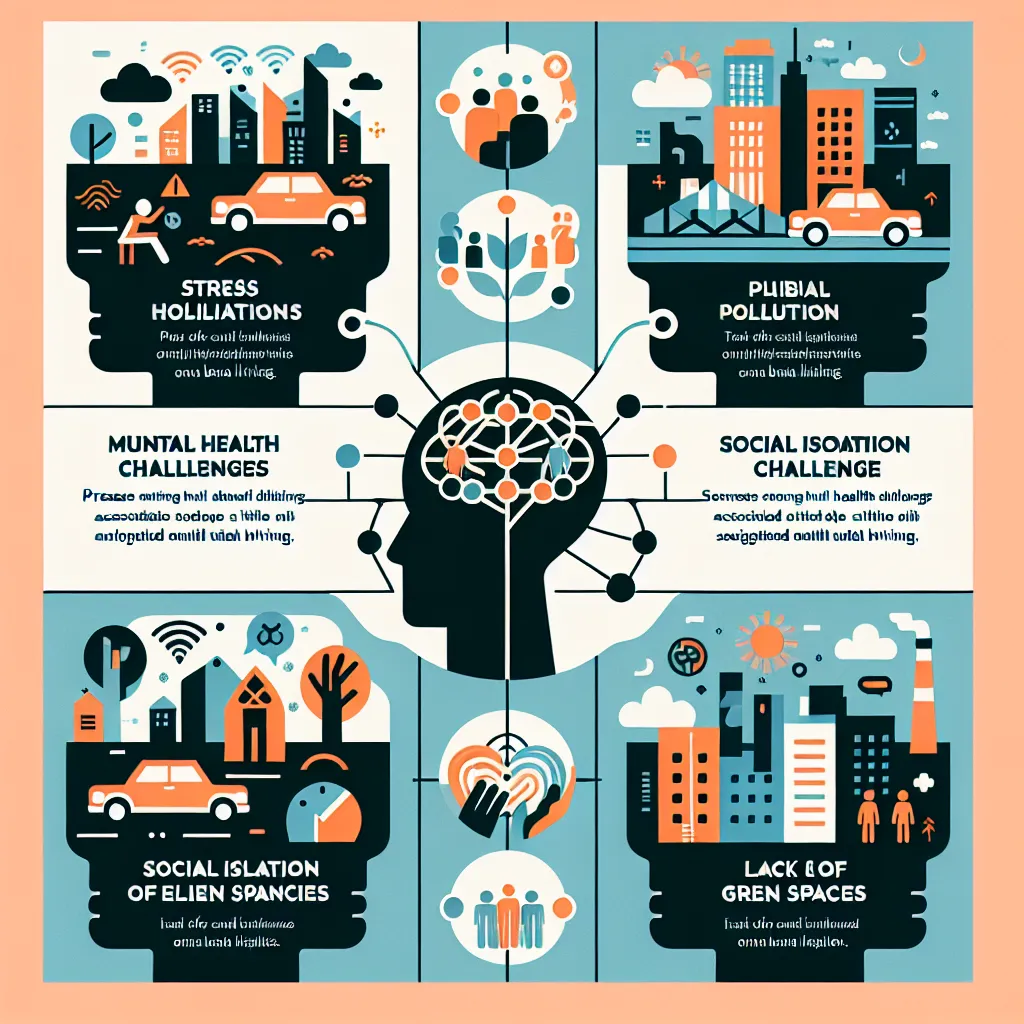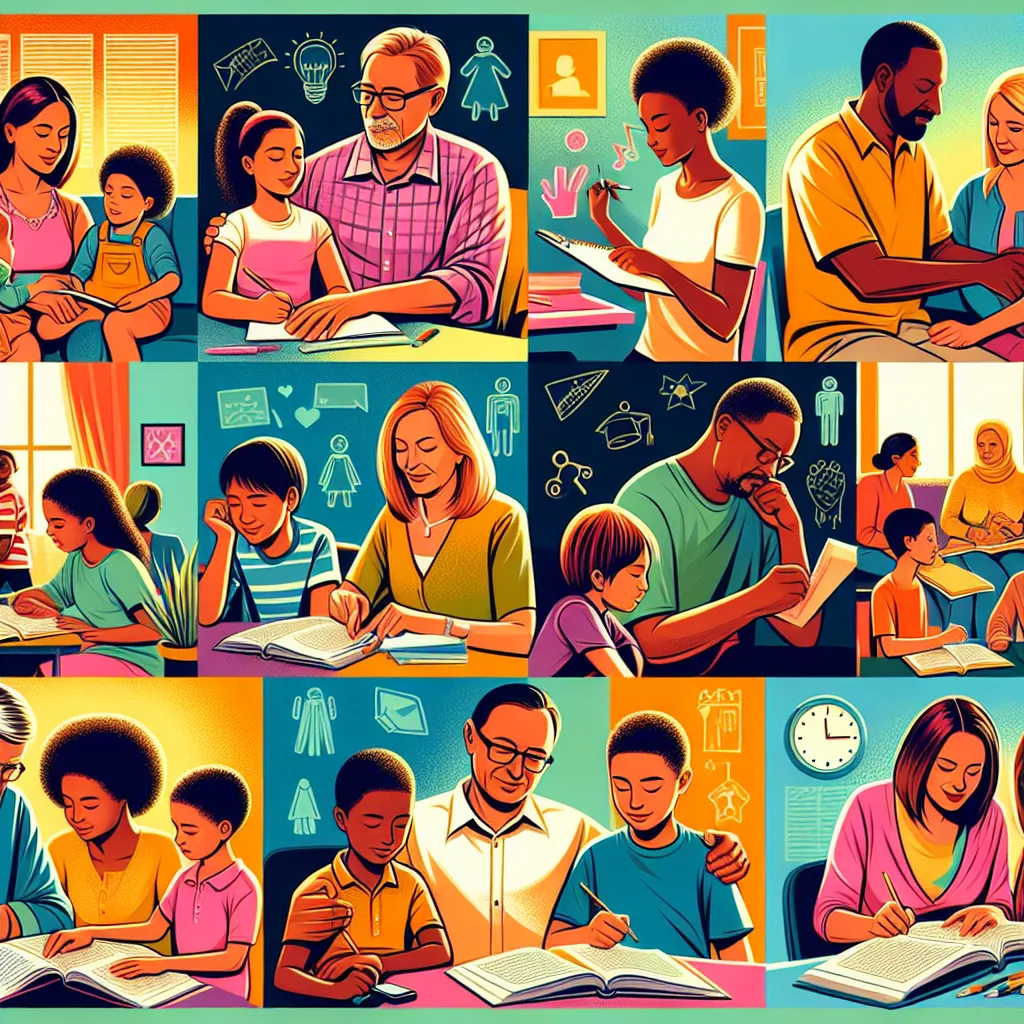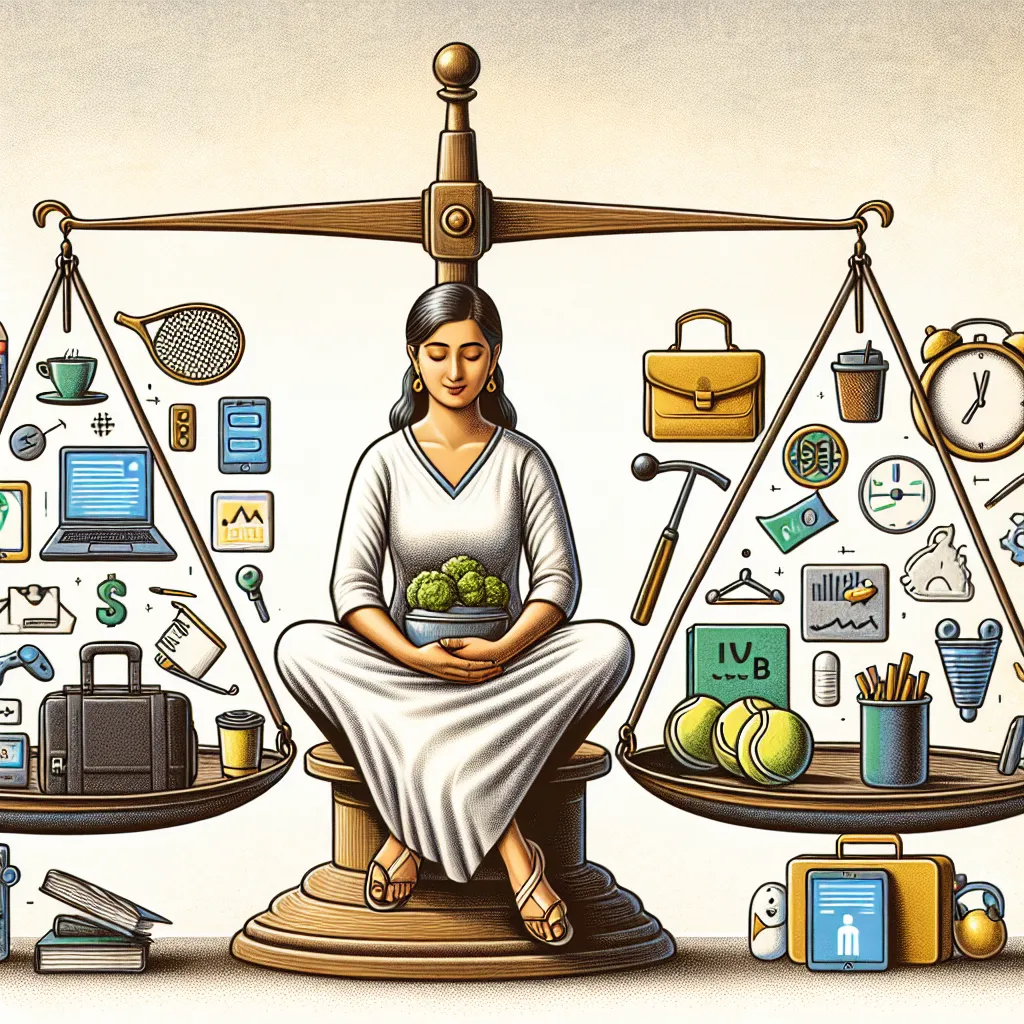The IELTS Reading test is a crucial component of the IELTS exam, assessing candidates’ ability to comprehend complex texts and extract relevant information. One recurring theme in IELTS Reading passages is the role of art in social change. This topic has appeared frequently in past exams and remains relevant in today’s socio-cultural landscape, making it a potential subject for future tests.
Nội dung bài viết
As we delve into this theme, we’ll explore how art can be a powerful catalyst for social transformation, influencing public opinion, challenging societal norms, and inspiring action. To help you prepare for your IELTS Reading test, we’ve created a sample passage and questions that reflect the style and difficulty level you might encounter in the actual exam.
Sample IELTS Reading Passage: The Transformative Power of Art in Society
Art has long been recognized as a powerful medium for expressing ideas, emotions, and social commentary. Throughout history, artists have used their creative talents to challenge the status quo, provoke thought, and inspire change. In recent years, the role of art in driving social change has gained renewed attention, with many scholars and activists recognizing its potential to shape public opinion and influence policy decisions.
One of the most significant ways in which art contributes to social change is through its ability to raise awareness about important issues. Visual artists, writers, musicians, and performers can bring attention to societal problems that might otherwise be overlooked or ignored. For example, the photographs of Dorothea Lange during the Great Depression in the United States helped to humanize the plight of migrant workers and influenced public opinion in support of government assistance programs.
Art also has the power to challenge dominant narratives and present alternative perspectives. By offering new ways of seeing and understanding the world, artists can encourage people to question their assumptions and reconsider their beliefs. This can be particularly effective in addressing issues of inequality, discrimination, and social justice. The works of artists like Banksy, for instance, use street art to comment on political and social issues, often sparking public debate and encouraging viewers to think critically about the world around them.
Moreover, art can serve as a form of cultural diplomacy, fostering understanding and empathy between different communities. Cultural exchange programs that feature art exhibitions, music performances, or theatrical productions can help bridge cultural divides and promote mutual respect. This soft power approach to international relations can be instrumental in reducing tensions and building goodwill between nations.
The emotional impact of art is another key factor in its ability to drive social change. Powerful artworks can evoke strong feelings in viewers, creating a visceral connection to social issues that might otherwise seem abstract or distant. This emotional engagement can motivate people to take action, whether through changing their personal behavior, supporting a cause, or advocating for policy changes.
In the digital age, the potential for art to influence social change has expanded dramatically. Social media platforms allow artists to reach global audiences instantly, amplifying their messages and facilitating the rapid spread of ideas. Online campaigns and viral art projects can quickly gain momentum, mobilizing large numbers of people around a common cause.
However, the relationship between art and social change is not without its challenges. Some critics argue that art’s impact on society is often overstated or that it preaches to the converted rather than reaching those who most need to hear its message. Additionally, there are concerns about the commodification of socially engaged art and the potential for it to be co-opted by commercial interests.
Despite these challenges, the role of art in social change remains significant. As societies continue to grapple with complex issues such as climate change, inequality, and political polarization, the need for creative approaches to problem-solving and communication is more important than ever. By challenging us to see the world differently and inspiring us to take action, art will undoubtedly continue to play a vital role in shaping the future of our societies.
 Art driving social change
Art driving social change
Questions
True/False/Not Given
Do the following statements agree with the information given in the reading passage? Write
TRUE if the statement agrees with the information
FALSE if the statement contradicts the information
NOT GIVEN if there is no information on this
- Art has only recently been recognized as a tool for social change.
- Dorothea Lange’s photographs influenced public support for government assistance during the Great Depression.
- Street art is considered the most effective form of art for social commentary.
- Cultural exchange programs featuring art can help improve international relations.
- All critics agree that art has a significant impact on society.
Multiple Choice
Choose the correct letter, A, B, C, or D.
-
According to the passage, one of the main ways art contributes to social change is by:
A) Providing entertainment
B) Raising awareness about important issues
C) Generating income for artists
D) Decorating public spaces -
The term “soft power” in the passage refers to:
A) Weak political influence
B) Gentle artistic techniques
C) Non-aggressive diplomatic approaches
D) Subtle forms of censorship -
In the digital age, the potential for art to influence social change has:
A) Decreased significantly
B) Remained the same
C) Expanded dramatically
D) Become more controversial
Matching Headings
Match the following headings to the correct paragraphs in the passage. Write the correct number i-viii next to the paragraph number.
List of Headings:
i. The global reach of digital art
ii. Criticisms of art’s role in social change
iii. Art as a tool for raising awareness
iv. The future of art in society
v. Emotional impact of art on viewers
vi. Art’s ability to challenge dominant narratives
vii. The commodification of socially engaged art
viii. Art as a form of cultural diplomacy
- Paragraph 3
- Paragraph 4
- Paragraph 5
- Paragraph 7
Summary Completion
Complete the summary below using words from the box. Write the correct letter A-L next to questions 13-18.
A) empathy
B) assumptions
C) narratives
D) diplomacy
E) emotions
F) activism
G) debate
H) awareness
I) perspectives
J) creativity
K) policy
L) motivation
Art plays a crucial role in driving social change by raising (13) about important issues and challenging dominant (14). It can present alternative (15) and encourage people to question their (16). Art also serves as a form of cultural (17), fostering understanding and (18) between different communities.
Answer Key and Explanations
-
FALSE
Explanation: The passage states that art has “long been recognized” as a powerful medium for social commentary, contradicting the idea that it has only recently been recognized. -
TRUE
Explanation: The passage explicitly states that Dorothea Lange’s photographs “influenced public opinion in support of government assistance programs” during the Great Depression. -
NOT GIVEN
Explanation: While street art is mentioned as an example, the passage does not compare its effectiveness to other forms of art for social commentary. -
TRUE
Explanation: The passage states that cultural exchange programs featuring art “can help bridge cultural divides and promote mutual respect” in international relations. -
FALSE
Explanation: The passage mentions that “some critics argue that art’s impact on society is often overstated,” indicating that not all critics agree on art’s significant impact. -
B
Explanation: The passage states that “One of the most significant ways in which art contributes to social change is through its ability to raise awareness about important issues.” -
C
Explanation: The passage refers to cultural diplomacy through art as a “soft power approach to international relations,” implying non-aggressive diplomatic methods. -
C
Explanation: The passage explicitly states that “In the digital age, the potential for art to influence social change has expanded dramatically.” -
vi
Explanation: Paragraph 3 discusses how art can “challenge dominant narratives and present alternative perspectives.” -
viii
Explanation: Paragraph 4 talks about art serving as “a form of cultural diplomacy.” -
v
Explanation: Paragraph 5 focuses on the “emotional impact of art” and its ability to evoke strong feelings in viewers. -
ii
Explanation: Paragraph 7 presents criticisms of art’s role in social change, including arguments about its overstated impact. -
H (awareness)
-
C (narratives)
-
I (perspectives)
-
B (assumptions)
-
D (diplomacy)
-
A (empathy)
Common Mistakes to Avoid
When answering questions about complex topics like the role of art in social change, be aware of these common pitfalls:
- Overgeneralization: Avoid assuming that statements apply universally when the text presents them as possibilities or examples.
- Misinterpreting emphasis: Pay attention to the author’s tone and the emphasis placed on different aspects of the topic.
- Overlooking qualifiers: Words like “some,” “often,” or “can” are important in determining the extent of claims made in the passage.
- Confusing opinion with fact: Distinguish between the author’s statements and those attributed to others or presented as general beliefs.
Key Vocabulary
- Catalyst (noun): A person or thing that precipitates an event or change
- Status quo (noun): The existing state of affairs
- Provoke (verb): To stimulate or give rise to a reaction or emotion
- Humanize (verb): To make something more humane or civilized
- Dominant narratives (noun phrase): Prevailing stories or explanations in a culture
- Cultural diplomacy (noun phrase): The exchange of ideas, information, art, and other aspects of culture among nations to foster mutual understanding
- Visceral (adjective): Relating to deep inward feelings rather than intellect
- Commodification (noun): The transformation of goods, services, or ideas into commodities for trade
Grammar Focus
Pay attention to the use of complex sentence structures in academic texts:
- Relative clauses: “Visual artists, writers, musicians, and performers can bring attention to societal problems that might otherwise be overlooked or ignored.”
- Conditional sentences: “This can be particularly effective in addressing issues of inequality, discrimination, and social justice.”
- Passive voice: “Art has long been recognized as a powerful medium for expressing ideas, emotions, and social commentary.”
Tips for IELTS Reading Success
- Practice active reading: Engage with the text by predicting content, asking questions, and summarizing main points.
- Improve your vocabulary: Regularly learn new words and phrases related to social issues and the arts.
- Develop time management skills: Allocate your time wisely between reading the passage and answering questions.
- Use skimming and scanning techniques: Quickly identify main ideas and locate specific information.
- Pay attention to transition words: These can help you understand the structure and flow of ideas in the passage.
- Read the questions carefully: Ensure you understand what each question is asking before searching for the answer.
- Practice with various question types: Familiarize yourself with all the different formats used in the IELTS Reading test.
- Stay calm and focused: Remember that the IELTS Reading test is designed to be challenging, but with practice and the right strategies, you can improve your performance.
By understanding the nuances of passages on topics like the role of art in social change and applying these strategies, you’ll be well-prepared to tackle the IELTS Reading test with confidence. Remember, regular practice with diverse texts and question types is key to achieving your desired score.


